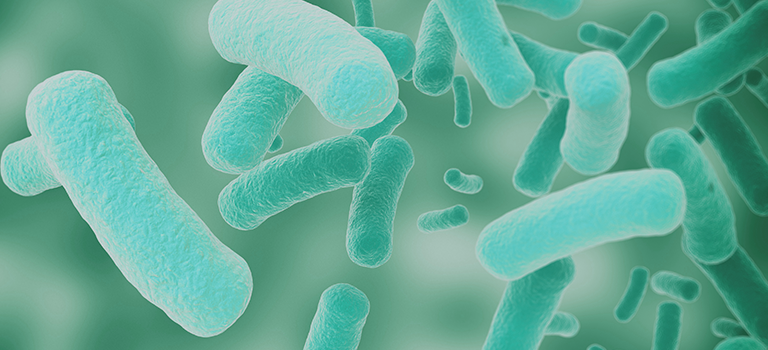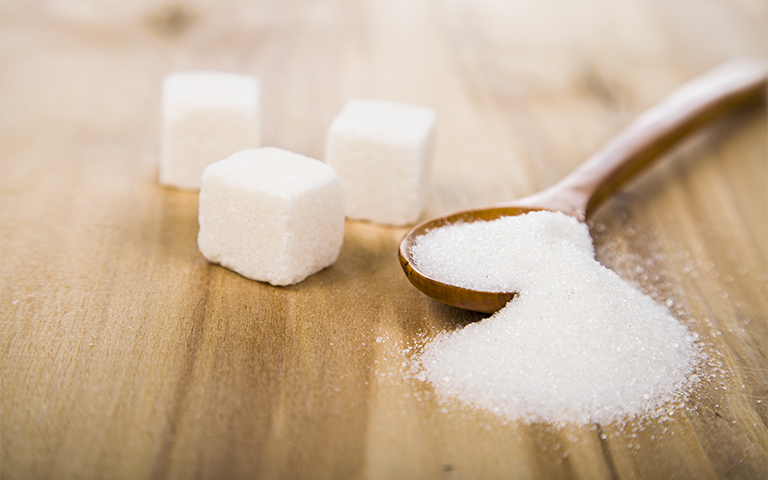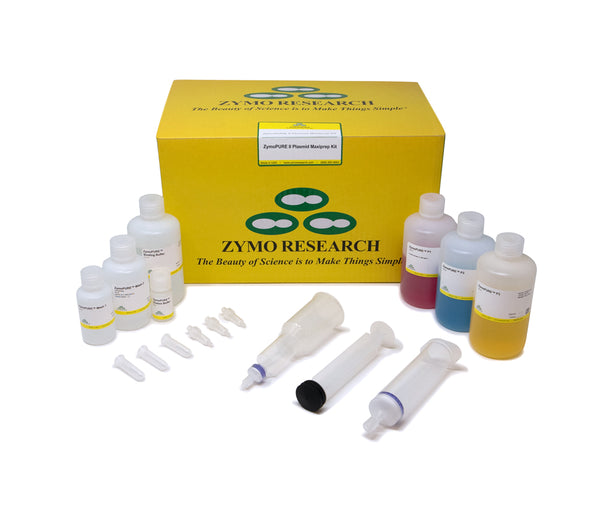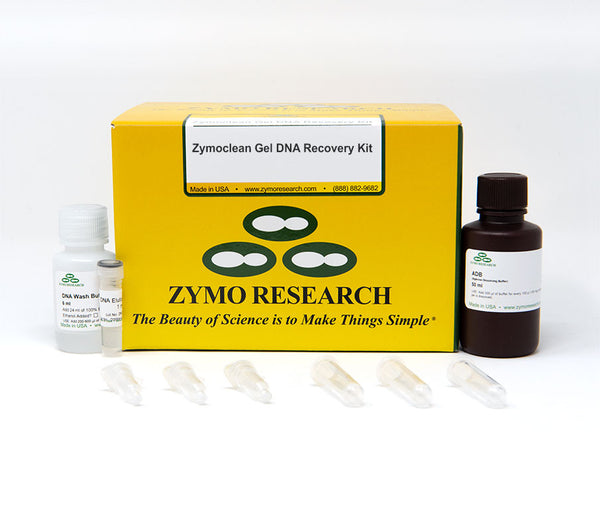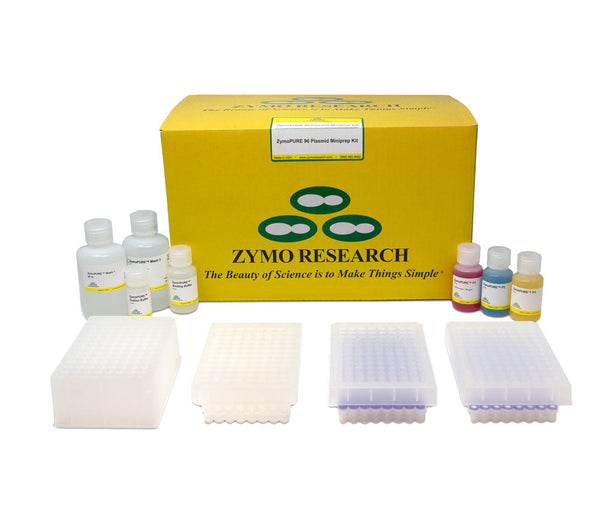E. coli Transformation Made Simple
Transformation in 20 Seconds
Free Samples Available
A Sweet Solution to Obesity
A New Era of Effortless Cloning
E. coli is the most extensively studied model organism in molecular biology. Despite their widespread use in laboratories across the world for applications such as cloning and protein expression, protocols for manipulating and studying E. coli tend to be long and tedious. With speed and simplicity as the driving principles, we embarked on a mission to create a new and improved molecular cloning system.
Our novel chemical shock technology eliminates heat shock and outgrowth procedures, cutting down hours of processing time. Today, our Mix & Go! chemical shock method is available in five pre-made E. coli strains and can be applied to nearly any other lab strain, with high transformation efficiencies of up to 109 transformants/µg plasmid DNA. For cloning beginners and veterans alike, Mix & Go! offers a welcome relief from the hassles of traditional bacterial transformation.
Knowledge Center
Solutions For E. coli
Testimonials from Our Customers
Featured Technologies
Strain Selection Guides
Propagation Strains
Ideal for cloning, plasmid isolation, and library construction
| JM109 | DH5 Alpha | HB101 | TG1 | Zymo 10B | |
|---|---|---|---|---|---|
| Specifications | |||||
| Strain Background | K-12 | K-12 | K-12 | K-12 | K-12 |
| General Cloning | ✓ | ✓ | ✓ | ✓ | ✓ |
| Plasmid Isolation | ✓ | ✓ | ✓ | ✓ | ✓ |
| Recombinant Protein Expression | ✓ | ||||
| Production of ssDNA (F' episome) | ✓ | ✓ | |||
| Suppression of Amber Mutations (glnV44 or supE44) | ✓ | ✓ | ✓ | ✓ | |
| Blue-White Selection (lacZΔM15) | ✓ | ✓ | ✓ | ✓ | |
| High-quality and Yield of Plasmid DNA (endA1) | ✓ | ✓ | ✓ | ||
| Reduced Recombination & Insert Stability (recA1 or recA13) | ✓ | ✓ | ✓ | ✓ | |
| Plasmid Size | Up to 10-15 kb | Up to 10-15 kb | Up to 10-15 kb | ||
| Transformation of Large Plasmids (deoR) | Up to 20-32 kb | Up to 20-32 kb | |||
| Ampicillin Resistant (bla or ampR) | |||||
| Chloramphenicol Resistant (cat or CmR or CamR) | |||||
| Tetracycline Resistant (Tn10 or tetR) | |||||
| Kanamycin Resistant (KanR) | |||||
| Nalidixic Acid Resistant (gyrA96 or NalR) | ✓ | ✓ | |||
| Streptomycin Resistant (StrR) | ✓ | ✓ | |||
| Genotype | F`[traD36 proA+B+ lacIq Δ(lacZ)M15] Δ(lac-proAB) glnV44 (supE44) e14- (McrA-) thi gyrA96 (NalR) endA1 hsdR17(rk- mk+) relA1 recA1 | F- φ80lacZΔM15 Δ(lacZYA-argF)U169 deoR nupG recA1 endA1 hsdR17(rK- mK+) phoA glnV44 (supE44) thi-1 gyrA96 relA1, λ- | F- Δ(gpt-proA)62 leuB6 glnV44 (supE44) ara-14 galK2 lacY1 Δ(mcrC-mrr) xyl-5 mtl-1 recA13 thi-1 rpsL20 (SmR) | F’[traD36 lacIq Δ(lacZ) M15 proA+B+] glnV (supE) thi-1 Δ(mcrB-hsdSM)5 (rK- mK- McrB-) thi Δ(lac-proAB) | F- mcrA Δ(mrr-hsdRMS-mcrBC) Φ80lacZΔM15 ΔlacX74 recA1 endA1 araD139 Δ(ara leu) 7697 galU galK rpsL nupG λ- |
| Catalog Number | T3003 | T3007 | T3011 | T3017 | T3019 |
Expression Strains
Ideal for protein expression and DNA analysis
| XJa Autolysis™ |
XJa (DE3) Autolysis™ |
XJb Autolysis™ | XJb (DE3) Autolysis™ |
|
|---|---|---|---|---|
| Specifications | ||||
| Strain Background | K-12 | K-12 | B | B |
| General Cloning | ✓ | ✓ | ||
| Plasmid Isolation | ✓ | ✓ | ||
| General Screening | ✓ | ✓ | ||
| Recombinant Protein Expression | ✓ | ✓ | ✓ | ✓ |
| Production of ssDNA (F' episome) | ✓ | ✓ | ||
| T7 Promoter Transcription (λDE3) | ✓ | ✓ | ||
| Autolysis (ΔaraB::λR) | Autolysis Inducible by Arabinose |
Autolysis Inducible by Arabinose |
Autolysis Inducible by Arabinose |
Autolysis Inducible by Arabinose |
| Suppression of Amber Mutations (glnV44 or supE44) | ✓ | ✓ | ||
| Blue-White Selection (lacZΔM15) | ✓ | ✓ | ||
| High-quality and Yield of Plasmid DNA (endA1) | ✓ | ✓ | ||
| Reduced Recombination & Insert Stability (recA1 or recA13) | ✓ | ✓ | ||
| Plasmid Size | Up to 10 kb | Up to 10 kb | Up to 10 kb | Up to 10 kb |
| Transformation of Large Plasmids (deoR) | ||||
| Ampicillin Resistant (bla or ampR) | ||||
| Chloramphenicol Resistant (cat or CmR or CamR) | ✓ | ✓ | ✓ | ✓ |
| Tetracycline Resistant (Tn10 or tetR) | ||||
| Kanamycin Resistant (KanR) | ||||
| Nalidixic Acid Resistant (gyrA96 or NalR) | ||||
| Streptomycin Resistant (StrR) | ||||
| Genotype | F`[traD36 proA+B+ lacIq Δ(lacZ)M15] Δ(lac-proAB) glnV44 (supE44) e14- (McrA-) thi gyrA96 (NalR) endA1 hsdR17(rK- mK+) relA1 recA1 ΔaraB::λR, cat (CmR) | F`[traD36 proA+B+ lacIq Δ(lacZ)M15] Δ(lac-proAB) glnV44 (supE44)e14- (McrA-) thi gyrA96 (NalR) endA1 hsdR17(rK- mK+) relA1 recA1 ΔaraB::λR, cat (CmR), λ(DE3) | F- ompT hsdSB(rB- mB-) gal dcm ΔaraB::λR, cat (CmR) | F- ompT hsdSB(rB- mB-) gal dcm ΔaraB::λR, cat (CmR), λ(DE3) |
| Catalog Number | T3021/T5021 | T3031/T5031 | T3041/T5041 | T3051/T5051 |
Custom & OEM Solutions
- Wenn Sie eine Auswahl auswählen, wird eine vollständige Seite aktualisiert
Need help? Contact Us





